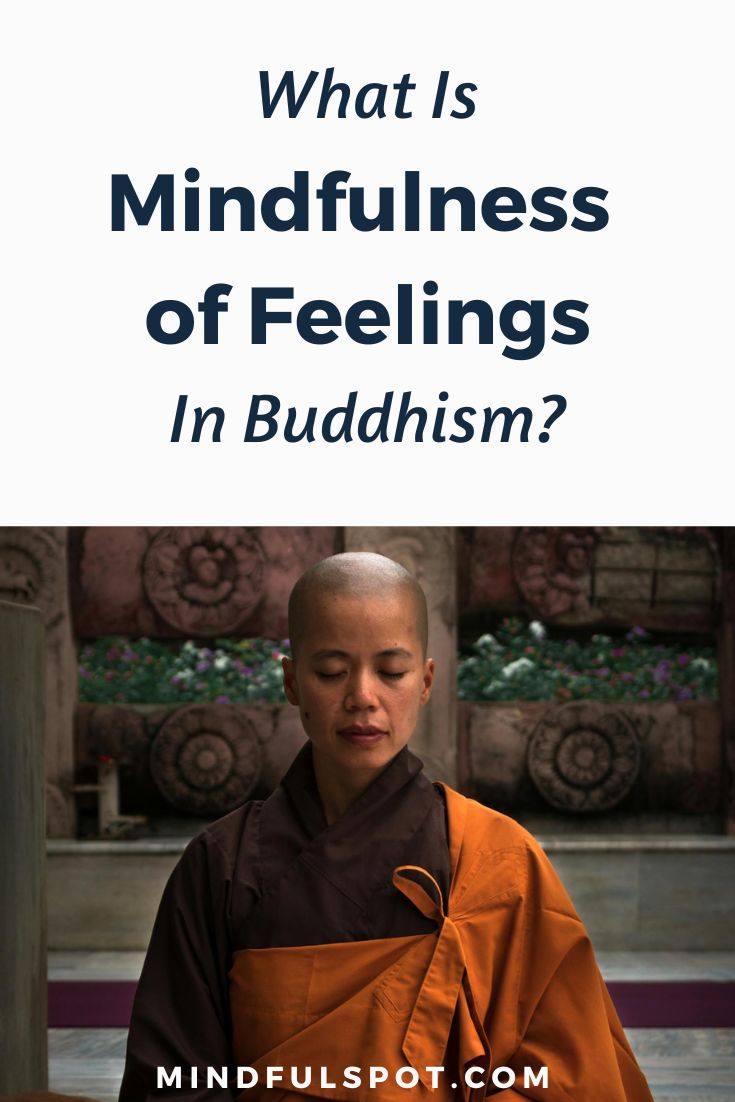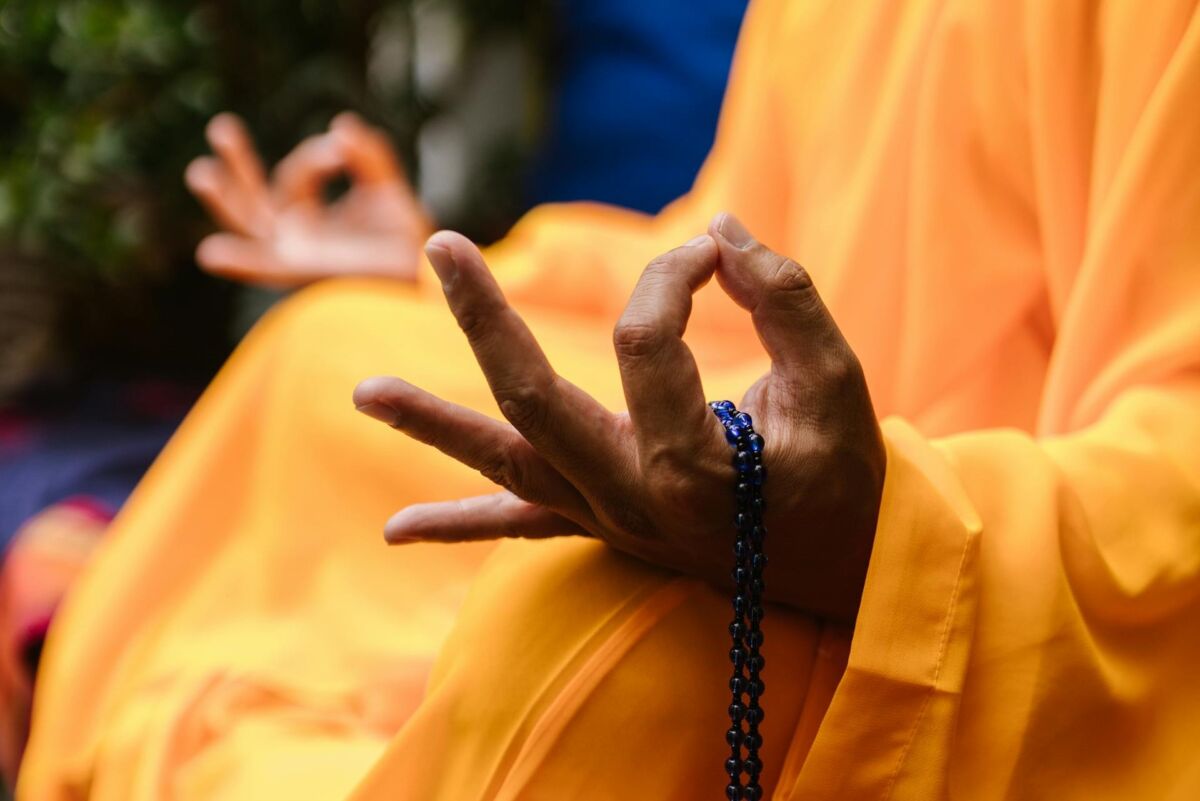As a Buddhist practice, mindfulness of feelings provides clarity when you ask, “How do I feel?”
The significance of this inquiry for your everyday life becomes evident when you observe how any outside stimuli, however small, provokes your reaction. But its efficacy depends on a genuine interest in your current experience.
“Contemplation of feelings shines the light of awareness on [your unconscious] tendencies,” writes Bhikkhu Analayo in the book Satipatthana Meditation: A Practice Guide. “Having learned to be aware of the affective dimension of experience makes it easier to detect what is happening in the mind at an early stage [of a reaction].” Here’s how it’s described in an ancient Buddhist scripture:
When feeling a pleasant feeling, one knows, “I feel a pleasant feeling;” when feeling a painful feeling, one knows, “I feel a painful feeling;” when feeling a neutral feeling, one knows, “I feel a neutral feeling.”
Analayo notes that vedana — the Pali term for feelings — doesn’t refer to emotions and stands for “affective tone” of your experience. The three types of feelings mentioned in the instruction represent a spectrum that ranges from the most pleasurable to the most painful of feeling tones. Between the two extremes lies a neutral area that is “neither painful nor pleasant:”

FREE Self-Test: How Spiritual Are You?
When experiencing pleasant feelings, the tendency is to react with desire and clinging, wanting to keep the pleasure and have more of it. With painful feelings, the tendency of the mind is to react with aversion and irritation, wanting it to stop and disappear, never to occur again. In the case of neutral feelings, the mind tends to get bored and search for more entertaining distractions.
You become more aware of these automatic reactions when you practice mindfulness of feelings. As a result, you can counteract them before they’ve acquired the full force. Even if mindfulness has not been swift enough to catch a reaction at an early stage, it can still do that at a later moment in the spiral of unskillful tendencies:
The present exercise in fact directs attention to a crucial link in dependent arising. Feeling is the place where craving can arise. In a way, feeling is what makes the world go around. But it does not have to be that way. … Through mindful recognition, it becomes possible to avoid the arising of craving [the source of human suffering according to the Second Noble Truth of Buddhism].
How to Practice Mindfulness of Feelings (With Guided Audio)
Bhikkhu Analayo goes on to offer practical instructions in the form of several consecutive body scans. But unlike previous exercises, the “same feeling of the body during the scan can be used to turn attention more inwards towards the feeling itself.” He writes:
To get started, at first we might do scans for individual feelings. With a first scan from head to feet we could explore in particular the occurrence of any pleasant feeling somewhere on the surface or in the interior of the body. During a second scan from feet to head we could see if any painful feeling manifests anywhere in or on the body. A third scan from head to feet could be to discover any neutral feelings in or on the body.
Based on growing familiarity with the three types of feeling, we might at times find it more convenient to combine all three into a single mode of attending to feelings. Whatever feelings we encounter during a scan, be these feelings of smoothness or roughness, throbbing or pulsing, pressure or lightness, tension or ease, or any other type, there is no need to get involved with the details of their individual manifestations. We only give importance to their hedonic tone, their affective quality.
[…]
Having explored the manifestation of feelings in and on the body, we continue by opening up the vista of our awareness to noticing any type of feelings, even those that do not have prominent impact on the somatic level. Hearing a sound, for example, we might note the affective tone that accompanies our recognition and mental processing of that sound. The same goes for other senses. … The purpose of the practice is to understand the way feelings impact the mind.
Use this guided meditation narrated by Bhikkhu Analayo, courtesy of Windhorse Publications:
In Buddhism, mindfulness of feelings is a part of Satipatthana Meditation that leads to Nirvana and is preceded by mindfulness of death, mindfulness of the four elements, mindfulness of anatomical parts, mindfulness of bodily activities, and mindfulness of bodily postures. Complement with our article on how to practice breathing meditation.
About the book’s author: Ven. Bhikkhu Analayo was born in 1962 in Germany, was ordained in 1995 in Sri Lanka, and completed his PhD on satipatthana at the University of Peradeniya in 2000. At present, he is mainly engaged in the practice of meditation, and among other things contributes to the Encyclopaedia of Buddhism. He has authored several books on Buddhist practice, including Satipatthana and Compassion and Emptiness in Early Buddhist Meditation.
Editor’s note: This article was updated with additional instructions and guided meditation by Bhikkhu Analayo.

FREE mindfulness resources for stress relief
I’m a freelance writer and mindfulness advocate behind this blog. I started my meditation practice in 2014, and in 2017 I launched this website to share what I learn with others. Here are the three things you can do here:
1. Schedule a free consult if you want to learn Buddhist meditation.
2. Download free mindfulness resources for stress relief
3. Join Patreon for exclusive content and community meetings.









